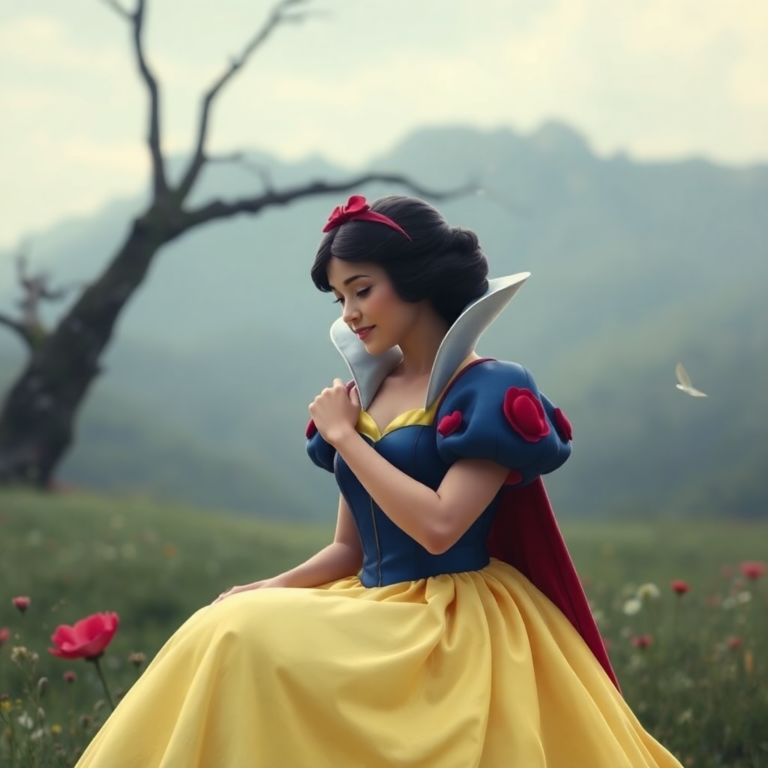In a landmark decision, the U.S. Supreme Court has ruled against the estate of famed pop artist Andy Warhol in a copyright dispute involving artwork of the late music icon, Prince. This ruling marks a significant setback for the Warhol estate and sets a notable precedent for future cases involving fair use in visual art.
The dispute centers around a series of 1984 portraits of Prince that Warhol created based on a photograph taken by Lynn Goldsmith. Goldsmith, a renowned photographer, argued that Warhol’s works infringed on her copyright by materially using her original photograph without permission.
The Warhol estate countered, asserting that Warhol’s pieces sufficiently transformed the original photograph, thereby constituting fair use—a legal principle that allows limited use of copyrighted material without requiring permission from the rights holders.
However, the U.S. Supreme Court disagreed with the Warhol estate’s position. In its ruling, the Court stated that Warhol’s pieces did not sufficiently transform the original photograph to constitute fair use, affirming that the artworks were indeed infringing on Goldsmith’s copyright.
This ruling has potential far-reaching implications for the art world, particularly concerning the interpretation of fair use. It may set a stricter precedent for how much an original piece must be transformed to avoid infringing on copyright.
The case also highlights the ongoing debate over the balance between protecting copyright holders’ rights and allowing artistic freedom and creativity. As the art world continues to evolve in the digital age, the role of copyright and fair use will likely continue to be a contentious issue.
While the Supreme Court’s decision is a blow to the Warhol estate, it is a significant victory for photographers and other copyright holders, strengthening their ability to control how their work is used and transformed by others.












